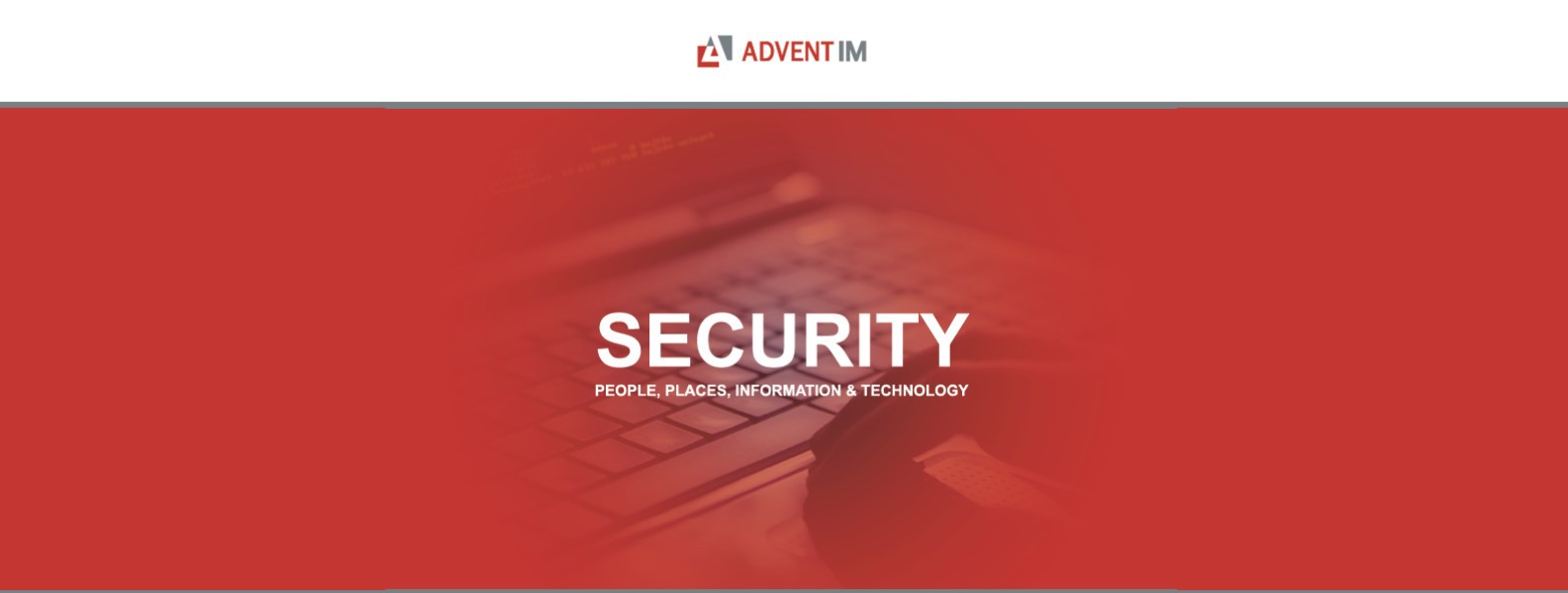A post on allegations of NASA being hacked from Del Brazil of Advent IM
There have been allegations of numerous hacks into the systems controlled or operated by NASA. These have ranged from secret UFO files being accessed, through to drones being infiltrated and subsequently controlled by unauthorised persons.
 This raises the questions about how secure the NASA websites, servers and systems are. There are a whole host of individuals who claim to have hacked NASA including a 15 year old who is alleged to have caused a 21 day shutdown of NASA computers, through to an individual who claims to have found evidence that NASA has or is in the process of building ‘space warships’ and finding lists of ‘non-terrestrial military officers.’
This raises the questions about how secure the NASA websites, servers and systems are. There are a whole host of individuals who claim to have hacked NASA including a 15 year old who is alleged to have caused a 21 day shutdown of NASA computers, through to an individual who claims to have found evidence that NASA has or is in the process of building ‘space warships’ and finding lists of ‘non-terrestrial military officers.’
The latest alleged hack involves the release of various videos, flight logs and personal data related to NASA employees. This hack is believed to originally to have started over 2 years ago with a hacker paying for initial access; although it is not yet confirmed, it is fair to assume that this purchase would be associated with a NASA employee. The hacker then carried out a ‘brute force’ attack against an administers SSH password, resulting in a successful compromise within 0.32 seconds as the password is alleged to have been still set to the default credentials. Having infiltrated the system with an administrator’s  password the hacker was then pretty much free to navigate his/her way around various NASA systems collecting information as they went. It’s not unusual to find CCTV systems and/or other Base Management Systems Administrator settings being still set on their default setting, what is unusual is to find that NASA has systems are potentially falling foul of this too. There were also claims that one of NASA’s unmanned drones used for high altitude and long duration data collections had been partially taken control of during the hacking with a view to potentially crashing it in the Pacific Ocean.
password the hacker was then pretty much free to navigate his/her way around various NASA systems collecting information as they went. It’s not unusual to find CCTV systems and/or other Base Management Systems Administrator settings being still set on their default setting, what is unusual is to find that NASA has systems are potentially falling foul of this too. There were also claims that one of NASA’s unmanned drones used for high altitude and long duration data collections had been partially taken control of during the hacking with a view to potentially crashing it in the Pacific Ocean.
The information claimed to have been obtained includes 631 videos of weather radar readings and other in-flight footage from manned and unmanned aircraft between 2012 and 2013 along with personal information related to NASA employees. It is widely

image courtesey digitalart on freedigitalphotos.net
reported on the internet that the personal information obtained relating to the NASA employees has been verified by another media client, as they have allegedly attempted to contact those individuals by telephone; although it is further reported that no actual conversations took place and that verification was obtained from answerphone machines pertaining to those NASA employees. There is no reports that the same media client has received any return calls from the alleged NASA employees nor is there any documented communication from NASA’s IT Security Division, the Glenn Research Center, the Goddard Space Flight Center, the Dryden Flight Research Center, the NASA Media Room or the FBI.
This is certainly not the first and won’t be the last alleged hack of NASA. It is well known that there are a whole host of individuals who are continuously attempting to attack large organisations; whether their motive be criminal or just inquisitive you can be assured that any alleged successful hack will make headline news. Hackers are widely regarded as kudos- seekers; reputation and status hungry within their own fields and targets like this are very highly sought after.
 Let’s consider the sensitivity of the alleged data? Any sensitive or ‘secret’ information is likely to be securely stored in a manner to prevent or at least deter any potential hacker; however no system is 100% secure and so there is, albeit very small a possibility that a hacker maybe successful.
Let’s consider the sensitivity of the alleged data? Any sensitive or ‘secret’ information is likely to be securely stored in a manner to prevent or at least deter any potential hacker; however no system is 100% secure and so there is, albeit very small a possibility that a hacker maybe successful.
NASA have responded by stating that ‘Control of our Global Hawk aircraft was not compromised. NASA has no evidence to indicate the alleged hacked data are anything other than already publicly available data. NASA takes cybersecurity very seriously and will continue to fully investigate all of these allegations.’ So the old ‘he said, she said’ playground argument continues with neither party being proved or dis-proved but what we do know is that hackers will continue to attack high profile organisations for ‘Kudos’ status or bragging rights.

